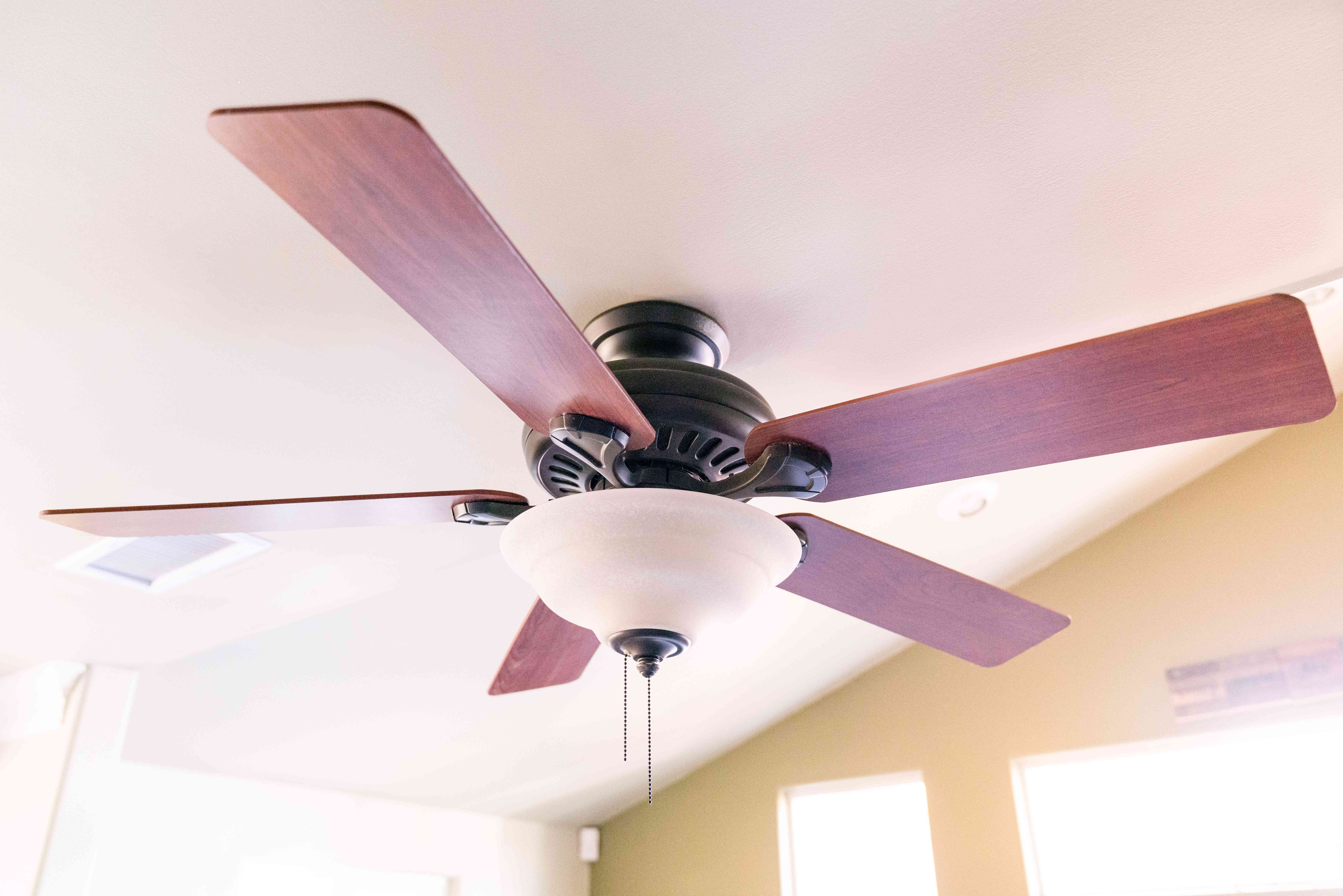

Articles
Why Does My Ceiling Fan Hum
Modified: May 6, 2024
Discover the reasons behind your ceiling fan humming and learn how to fix it with our informative articles. Explore our tips and tricks today!
(Many of the links in this article redirect to a specific reviewed product. Your purchase of these products through affiliate links helps to generate commission for Storables.com, at no extra cost. Learn more)
Introduction
Ceiling fans are a popular fixture in many households, providing comfort and a gentle breeze during hot summer days. However, one common issue that bothers many homeowners is the annoying hum that sometimes emanates from their ceiling fans. This constant buzzing sound can be irritating and disrupt the tranquility of a room. But what causes a ceiling fan to hum in the first place?
In this article, we will delve into the various factors that contribute to a ceiling fan hum, the potential problems associated with it, and how to troubleshoot and fix the issue. Understanding why your ceiling fan hums can help you take the necessary steps to eliminate the noise and restore the peaceful atmosphere in your home.
So, let’s explore the underlying reasons behind this common annoyance and discover the solutions to silence that irritating hum once and for all. Whether you’re a do-it-yourself enthusiast or just someone looking to understand why their ceiling fan makes noise, this article is for you.
Before we dive into specific troubleshooting techniques, it’s important to have a basic understanding of how ceiling fans work and what components contribute to their functioning. Ceiling fans typically consist of a motor, blades, an electrically powered mechanism to spin the blades, and various brackets and fasteners to hold everything together.
When the fan is turned on, the motor rotates the blades, generating airflow that creates the cooling effect we feel. However, when there is a malfunction or misalignment of any of these components, it can result in the hum or buzzing noise that can be so frustrating. So, let’s explore the possible causes of a ceiling fan hum and how to identify them.
Key Takeaways:
- Say goodbye to the annoying hum of your ceiling fan by tightening loose parts, balancing the blades, and addressing electrical issues. Enjoy a peaceful and refreshing breeze once again!
- Understanding the common causes of ceiling fan hum, such as motor issues and vibration, can help you troubleshoot and fix the problem effectively. Don’t let the hum disrupt your tranquility – take action to restore a quiet atmosphere in your home.
Read more: Why Does My Doorbell Transformer Hum
Understanding the Basics of Ceiling Fans
To effectively troubleshoot and fix a ceiling fan hum, it’s essential to have a basic understanding of how these fixtures work. Ceiling fans have been around for centuries, providing a cost-effective and energy-efficient way to cool a room. Let’s take a look at the key components and mechanisms behind the operation of a ceiling fan.
1. Motor: The motor is the heart of the ceiling fan. It converts electrical energy into mechanical energy to spin the blades. The quality and condition of the motor can play a significant role in the overall performance and noise level of the fan.
2. Blades: The blades of a ceiling fan are responsible for generating airflow and creating the cool breeze we feel. They come in various sizes and materials, and the angle and shape of the blades can impact the airflow and noise level of the fan.
3. Mounting System: The mounting system connects the fan to the ceiling and ensures stability and proper alignment. Loose or misaligned brackets and fasteners can cause vibrations and contribute to the hum.
4. Controls: Ceiling fans can be operated using wall switches, pull chains, remote controls, or a combination of these. Malfunctioning controls or incorrect settings can lead to humming sounds.
5. Wiring and Electrical Components: The electrical wiring and components, including capacitors and switches, play a crucial role in the functioning of a ceiling fan. Faulty wiring or worn-out electrical components can result in noisy operation.
Now that we have a basic understanding of the key components of a ceiling fan, let’s explore the common factors that can cause a ceiling fan to hum. By identifying these factors, you can narrow down the root cause of the problem and take the necessary steps to fix it.
Common Causes of Ceiling Fan Hum
A ceiling fan hum can be caused by a variety of factors, ranging from loose parts to motor issues. By identifying the source of the problem, you can effectively troubleshoot and eliminate the annoying noise. Here are some common causes of ceiling fan hum:
1. Loose Parts and Misalignment: One of the most common reasons for a ceiling fan hum is loose parts or misalignment. Over time, the vibrations from the fan’s operation can cause screws, bolts, or brackets to become loose. When parts are not tightly secured, they can create rattling or humming sounds. Additionally, if the fan is not properly aligned, it can create an unbalanced rotation that results in a hum.
2. Motor Issues: The motor is a critical component of a ceiling fan, and any issues with it can contribute to a hum. If the motor bearings become worn or damaged, the friction between the moving parts can result in a humming noise. Additionally, if the motor windings are defective or the motor itself is malfunctioning, it can produce an audible hum.
3. Vibration and Imbalance: Ceiling fans rotate at high speeds, which can generate vibrations if the blades are not properly balanced. Imbalanced blades can cause the fan to wobble, leading to a hum. Similarly, vibrations can occur if the fan is not securely mounted to the ceiling or if there are loose components.
4. Electrical Problems: Electrical issues can also contribute to a ceiling fan hum. Faulty wiring, loose connections, or worn-out electrical components, such as capacitors or switches, can cause humming sounds. Additionally, if the fan is not receiving the correct voltage, it can result in a noisy operation.
5. Environmental Factors: Sometimes, external factors can also contribute to a ceiling fan hum. For example, if the fan is installed in an area with high levels of moisture, such as a bathroom or kitchen, the humidity can cause the metal components to expand and contract, producing a hum. Similarly, if the room has a high level of dust or debris, it can affect the smooth operation of the fan and create a humming noise.
Understanding the common causes of ceiling fan hum is the first step in troubleshooting and fixing the issue. In the next section, we will explore specific troubleshooting techniques and solutions to eliminate the annoying hum and restore a peaceful atmosphere to your space.
Loose Parts and Misalignment
One of the primary culprits behind a ceiling fan hum is loose parts or misalignment. Over time, the constant vibrations from the fan’s operation can cause screws, bolts, or brackets to become loose. When these parts are not tightly secured, they can create rattling or humming sounds that can be quite distracting. Additionally, if the fan is not properly aligned, it can create an unbalanced rotation that results in a humming noise.
To determine if loose parts or misalignment are causing the hum, perform the following steps:
1. Turn off the fan and wait for the blades to come to a complete stop. This will ensure your safety during the inspection and tightening process.
2. Carefully examine the fan’s components for any visible signs of looseness or misalignment. Start with the blades and check if any screws or bolts securing them to the blade holders are loose. Firmly tighten any loose screws or bolts using a screwdriver or an appropriate tool.
3. Proceed to inspect the brackets and fasteners that connect the fan to the ceiling. Check if they are securely tightened and properly aligned. If you notice any loose brackets or fasteners, gently tighten them to ensure a stable and balanced fan.
4. Verify that the fan blades are aligned. If you notice that the blades are not evenly spaced or if they wobble when the fan is turned on, it indicates a misalignment issue. To correct this, gently bend the misaligned blades back into position. It’s essential to use caution and apply gentle pressure to avoid damaging the blades.
5. Test the fan after tightening and aligning the components. Turn on the fan and observe if the humming noise has diminished or completely disappeared. If the hum persists, move on to the next troubleshooting step.
It’s worth noting that loose parts and misalignment are common issues that can be easily fixed by tightening screws and ensuring proper alignment. However, if the humming noise continues after tightening and aligning the components, there may be other underlying causes behind the ceiling fan hum. In the following sections, we will explore other potential issues and their respective solutions to help you troubleshoot and resolve the problem effectively.
Motor Issues
Another possible cause of a ceiling fan hum is motor issues. The motor is the heart of the fan, responsible for converting electrical energy into mechanical energy to spin the blades. If the motor is not functioning properly, it can result in a humming noise. Here are some common motor-related problems that can cause a ceiling fan to hum:
1. Worn or Damaged Motor Bearings: Over time, the bearings in the motor can become worn or damaged. The friction between the moving parts can then cause a humming noise. If you suspect that the motor bearings are the cause of the hum, you may need to lubricate them or, in more severe cases, replace them. Consult the fan’s user manual or contact the manufacturer for specific instructions on lubrication or bearing replacement.
2. Defective Motor Windings: The motor windings play a crucial role in the operation of the fan. If the windings are defective, it can result in an imbalanced current flow and produce a humming sound. Unfortunately, repairing motor windings is a complex task that typically requires professional assistance. Contact a certified electrician or reach out to the manufacturer for guidance on repairing or replacing the motor.
3. Malfunctioning Motor: If the motor itself is malfunctioning, it can lead to a humming noise. This can be caused by issues such as overheating, electrical faults, or other mechanical failures within the motor. In such cases, it’s best to consult with a professional electrician or contact the manufacturer for assistance. They can assess the motor and provide guidance on repair or replacement options.
When dealing with motor-related issues, it’s important to exercise caution. Working with electrical components can be dangerous, and if you’re not familiar with the necessary procedures, it’s best to seek professional help. Safety should always be the top priority. If the motor-related problems are beyond your expertise, consult a qualified electrician to diagnose and resolve the issue.
Understanding the potential motor issues and their impact on the ceiling fan hum can help guide your troubleshooting efforts. However, if addressing the motor-related problems does not eliminate the humming noise, there may be other factors contributing to the issue. In the following sections, we will explore additional potential causes and their respective solutions to help you pinpoint the source of the ceiling fan hum and achieve a quiet and comfortable environment.
Check the fan blades for any dust or debris that could be causing the humming noise. Clean the blades and see if the noise improves. If not, the issue may be with the motor or the mounting.
Read more: Why Is My HVAC Humming
Vibration and Imbalance
Vibration and imbalance are common sources of a humming noise in ceiling fans. When a fan’s blades become unbalanced or the fan isn’t securely mounted, it can create excessive vibration, leading to an annoying hum. Here are some factors to consider when dealing with vibration and imbalance issues:
1. Imbalanced Blades: Over time, ceiling fan blades can become misaligned or unevenly weighted, resulting in an imbalance. This imbalance causes the fan to vibrate and produce a hum. To address this issue, you can use a blade balancing kit. These kits usually consist of adhesive weights that can be applied to the blades to restore balance. Follow the instructions provided with the kit to ensure correct placement of the weights and achieve proper blade balance.
2. Fan Blade Cleaning: Dust and dirt accumulation on the fan blades can also lead to imbalance and vibration. Clean the blades using a soft cloth or a brush to remove any debris that may be affecting the balance. Regular cleaning of the blades can help prevent future imbalance issues.
3. Fan Mounting: Improper mounting of the ceiling fan can contribute to vibration and hum. Ensure that the fan is securely mounted to the ceiling and that all screws and fasteners are tightened properly. If the mounting bracket is not aligned correctly, adjust it to achieve a stable and balanced installation.
4. Ceiling Fan Weight: Sometimes, using a heavier canopy or light kit can add weight to the fan, causing it to become imbalanced. If you recently installed a new canopy or light kit, consider removing it temporarily to see if the hum disappears. If removing the additional weight resolves the issue, you may need to find a lighter alternative or ensure proper installation of the canopy or light kit.
5. Use a Ceiling Fan Balancing Kit: If you’ve tried the above steps and your ceiling fan still hums, consider using a ceiling fan balancing kit. These kits typically include self-adhesive balancing weights that can be attached to the top of the fan blades to restore balance. Follow the instructions provided with the kit to ensure proper installation and balancing.
By addressing vibration and imbalance issues, you can significantly reduce or eliminate the hum coming from your ceiling fan. However, if the problem persists, continue troubleshooting by exploring additional potential causes and solutions, as we will discuss in the next sections.
Electrical Problems
Electrical problems can be another common cause of a ceiling fan hum. Issues with the wiring, connections, or electrical components of the fan can result in humming or buzzing noises. Here are some electrical problems to consider when troubleshooting a ceiling fan hum:
1. Faulty Wiring: If the electrical wiring supplying power to the fan is faulty or damaged, it can cause the fan to hum. Inspect the wiring connections, ensuring they are secure and free from any frayed or exposed wires. If you notice any wiring issues, it’s best to contact a licensed electrician to assess and repair the wiring.
2. Loose Connections: Loose connections in the fan’s electrical components, such as switches, capacitors, or terminals, can lead to a humming noise. Turn off the power to the fan and carefully inspect these connections. If you find any loose or corroded connections, tighten them or replace the affected parts to ensure proper electrical flow.
3. Worn-out Electrical Components: Over time, electrical components within the fan, such as capacitors or switches, can wear out. This can result in electrical malfunctions and cause humming. If you suspect that a specific component is causing the problem, consult the fan’s user manual or contact the manufacturer for guidance on replacing the faulty part.
4. Voltage Issues: Ceiling fans are designed to operate within a specific voltage range. If the fan is not receiving the correct voltage, it can result in abnormal operation and humming noises. Use a voltage tester to ensure that the fan is receiving the appropriate power supply. If the voltage is incorrect, consult an electrician to investigate and resolve the voltage issue.
It’s important to note that electrical work can be hazardous, especially if you’re not experienced in dealing with electrical systems. It’s always advisable to consult a qualified electrician for electrical problems or if you’re unsure about performing any electrical repairs yourself.
By addressing any electrical issues related to the ceiling fan, you can rectify the humming noise and promote a safer and quieter environment. However, if the hum persists, there may be other underlying causes that need to be addressed. In the following sections, we will explore additional troubleshooting techniques and solutions to help you pinpoint the exact source of the ceiling fan hum.
Troubleshooting and Fixing Ceiling Fan Hum
Now that we have explored the common causes of a ceiling fan hum, it’s time to troubleshoot and address the issue. Here are some steps you can take to identify and fix the problem:
1. Clean the Fan: Dust and debris buildup on the fan blades, motor, and other components can contribute to a humming noise. Regularly clean the fan using a soft cloth or brush to remove any dirt or debris that may be affecting its performance.
2. Tighten Loose Parts: Check for any loose screws, bolts, or brackets. Use a screwdriver or appropriate tool to tighten them securely. Also, ensure that the blades are properly aligned and balanced. Adjust them as necessary to eliminate any misalignment or wobbling.
3. Lubricate Moving Parts: If the fan’s motor bearings are accessible, lubricate them using a high-quality lubricant recommended by the manufacturer. This can help reduce friction and eliminate the hum caused by worn or dry bearings. Refer to the user manual for specific instructions on lubrication.
4. Check Electrical Connections: Inspect the electrical connections within the fan, such as switches, capacitors, and wiring. Ensure that all connections are secure, and there are no signs of damage or corrosion. If you detect any issues, tighten the connections or replace the damaged components.
5. Balance the Blades: Use a blade balancing kit to correct any imbalances in the fan blades. Follow the instructions provided with the kit to apply adhesive weights to the blades and restore balance. This can minimize vibrations and eliminate the associated humming noise.
6. Verify Voltage: Use a voltage tester to confirm that the fan is receiving the appropriate voltage. Incorrect voltage levels can cause abnormal operation and humming. If the voltage is incorrect, consult an electrician to investigate and resolve the electrical supply issue.
7. Consult a Professional: If you have tried the above steps and the hum persists, it may be necessary to seek professional assistance. A qualified electrician or a technician experienced in ceiling fan repairs can diagnose the problem accurately and provide a solution tailored to your specific situation.
Remember, safety is paramount when troubleshooting and fixing ceiling fan hum. Always turn off the power source before conducting any inspections or repairs. If you are uncertain or uncomfortable with any step of the process, it is advisable to seek professional help to avoid any electrical hazards.
By systematically troubleshooting and implementing the appropriate fixes, you can effectively eliminate the ceiling fan hum and restore a peaceful and enjoyable environment in your home. Enjoy the refreshing breeze without the annoying noise!
Conclusion
Dealing with a ceiling fan hum can be frustrating, but understanding the underlying causes and following proper troubleshooting steps can help you eliminate the annoying noise and restore a peaceful atmosphere in your home. Throughout this article, we have explored the common causes of ceiling fan hum, including loose parts, motor issues, vibration and imbalance, and electrical problems.
From loose screws and misalignment to worn-out motor bearings and faulty electrical components, each factor can contribute to the hum in different ways. By systematically addressing these issues, you can effectively troubleshoot and fix the problem.
Cleaning the fan regularly, tightening loose parts, balancing the blades, lubricating the motor bearings (if accessible), and ensuring proper electrical connections are all important steps in resolving the ceiling fan hum. However, it’s essential to prioritize your safety. If you’re unsure about any electrical work or feel uncomfortable performing any repairs, don’t hesitate to consult a professional electrician or a technician experienced in ceiling fan repairs.
Remember, the key to successfully eliminating the hum is to identify the specific cause and address it accordingly. Patience and persistence will lead you to a quiet and comfortable space in which you can enjoy the cooling breeze of your ceiling fan.
In conclusion, a ceiling fan hum is a common issue that can be caused by a variety of factors. By understanding the basics of ceiling fans, identifying the common causes of humming, and implementing the appropriate troubleshooting techniques, you can overcome this annoyance and enjoy the benefits of a properly functioning, quiet ceiling fan.
So, take the time to inspect your ceiling fan, tighten loose parts, balance the blades, and address any electrical issues. By doing so, you can bid farewell to the hum and enjoy the soothing airflow of your ceiling fan once again.
Now that you've uncovered why your ceiling fan might be humming, consider tackling other common household disturbances. If you're fed up with disruptive noises, our next piece addresses different sounds you might encounter. Focused on enhancing your home's tranquility, our guide on fan noise will help you diagnose and remedy those annoying disruptions, ensuring peace and quiet returns to your living spaces.
Frequently Asked Questions about Why Does My Ceiling Fan Hum
Was this page helpful?
At Storables.com, we guarantee accurate and reliable information. Our content, validated by Expert Board Contributors, is crafted following stringent Editorial Policies. We're committed to providing you with well-researched, expert-backed insights for all your informational needs.
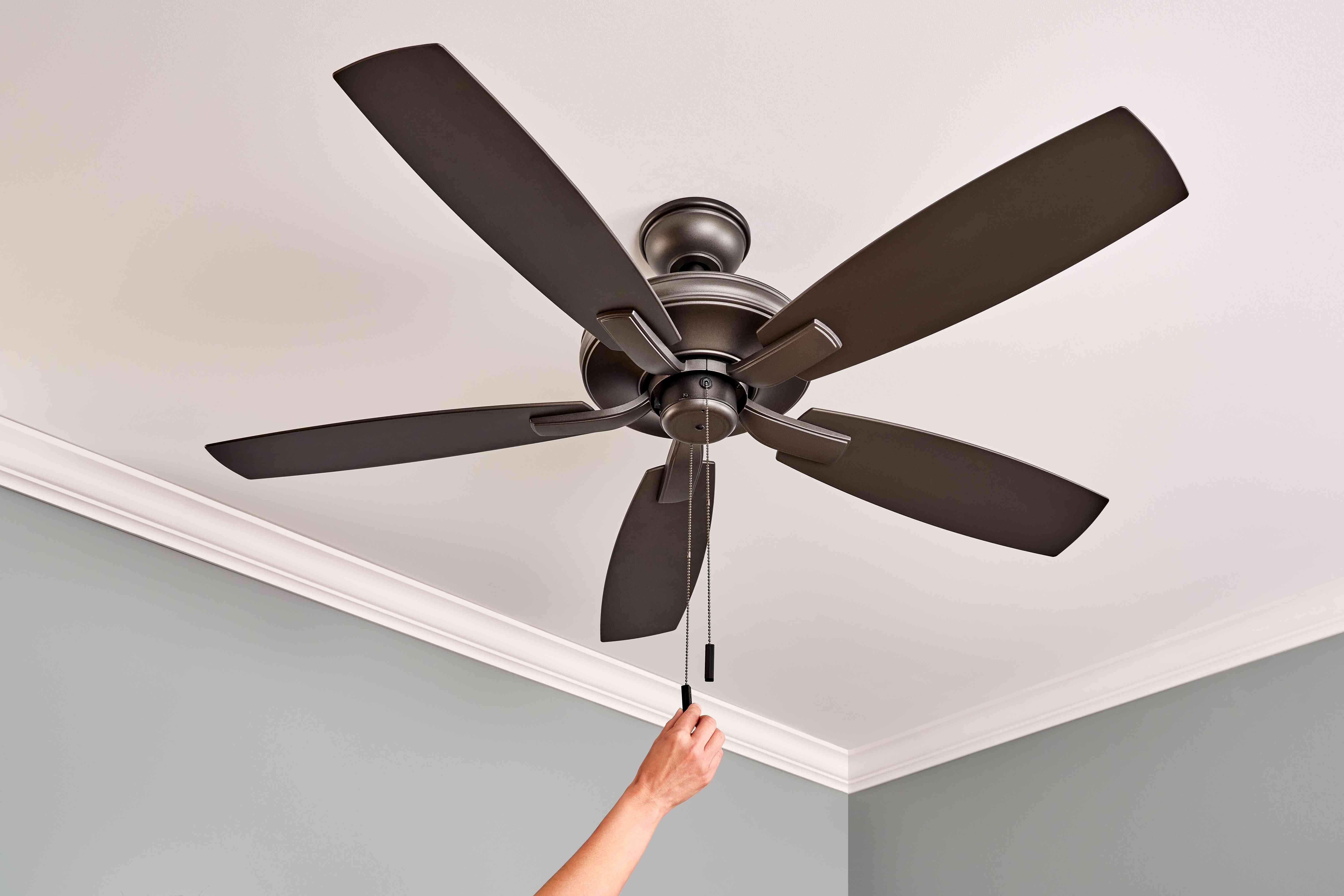
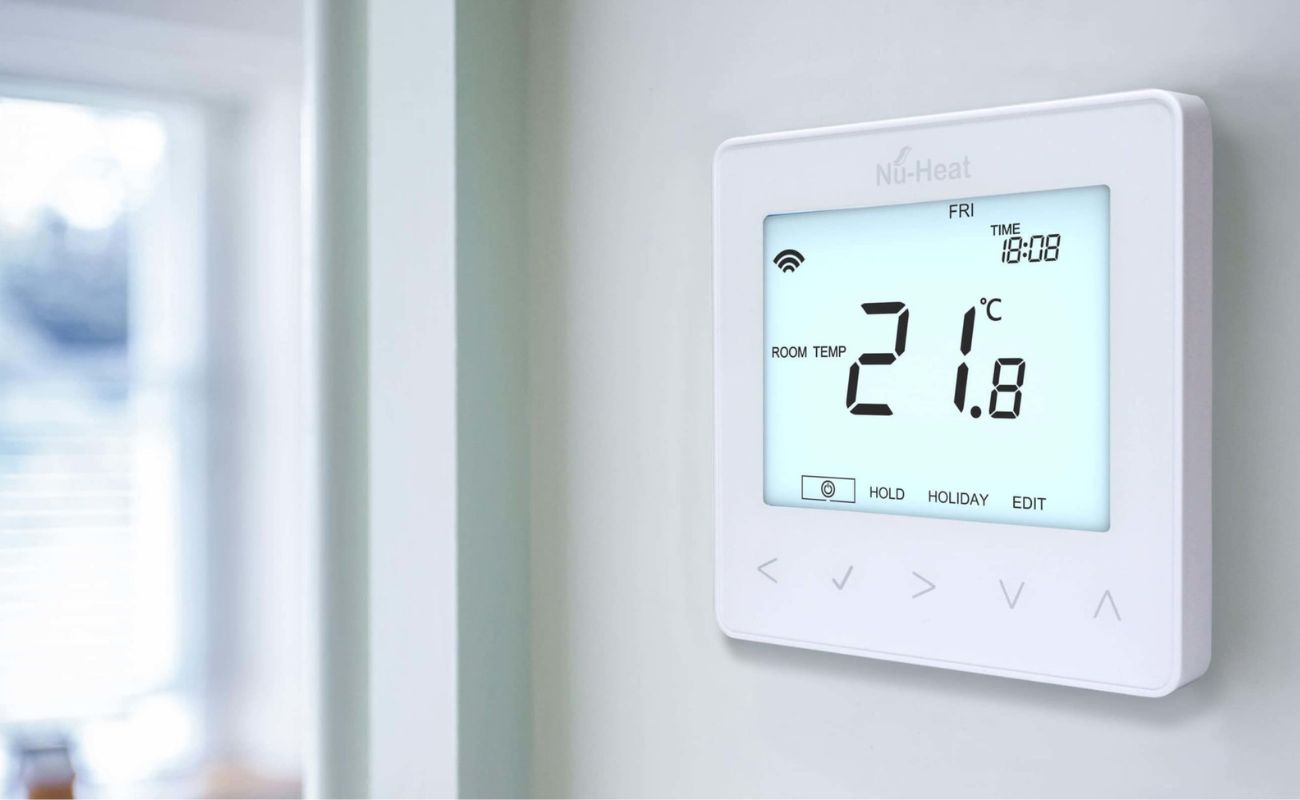
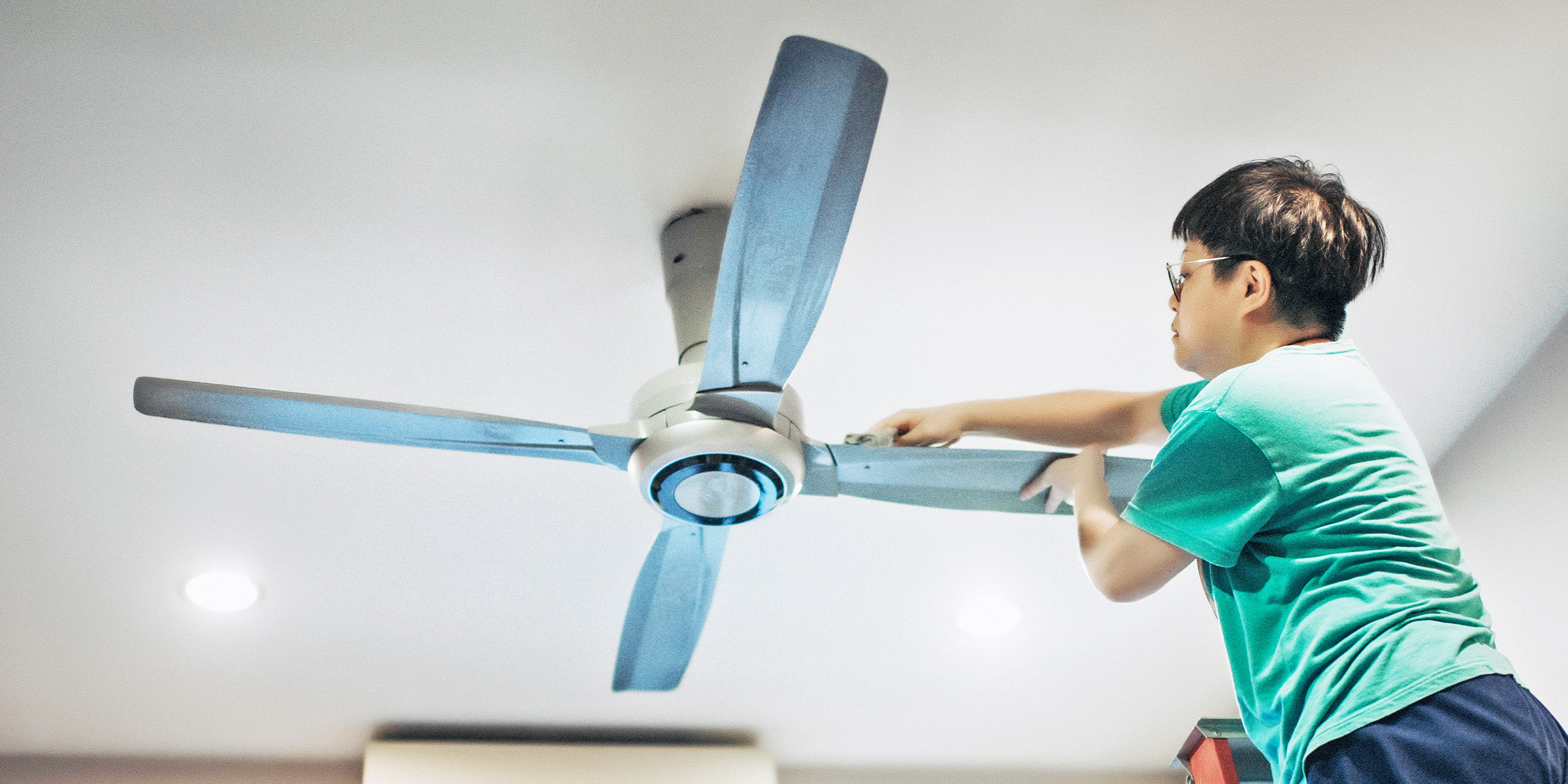
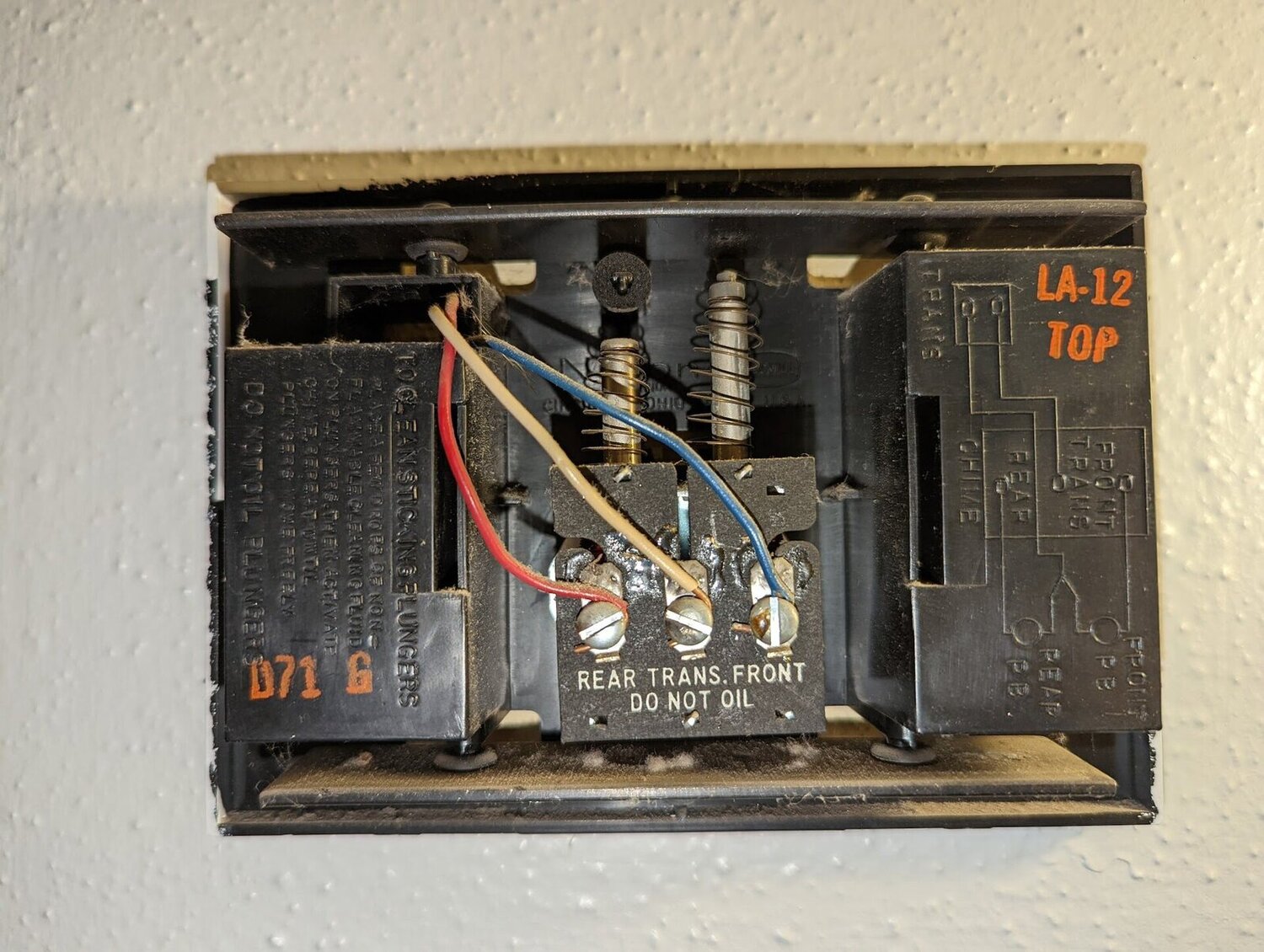
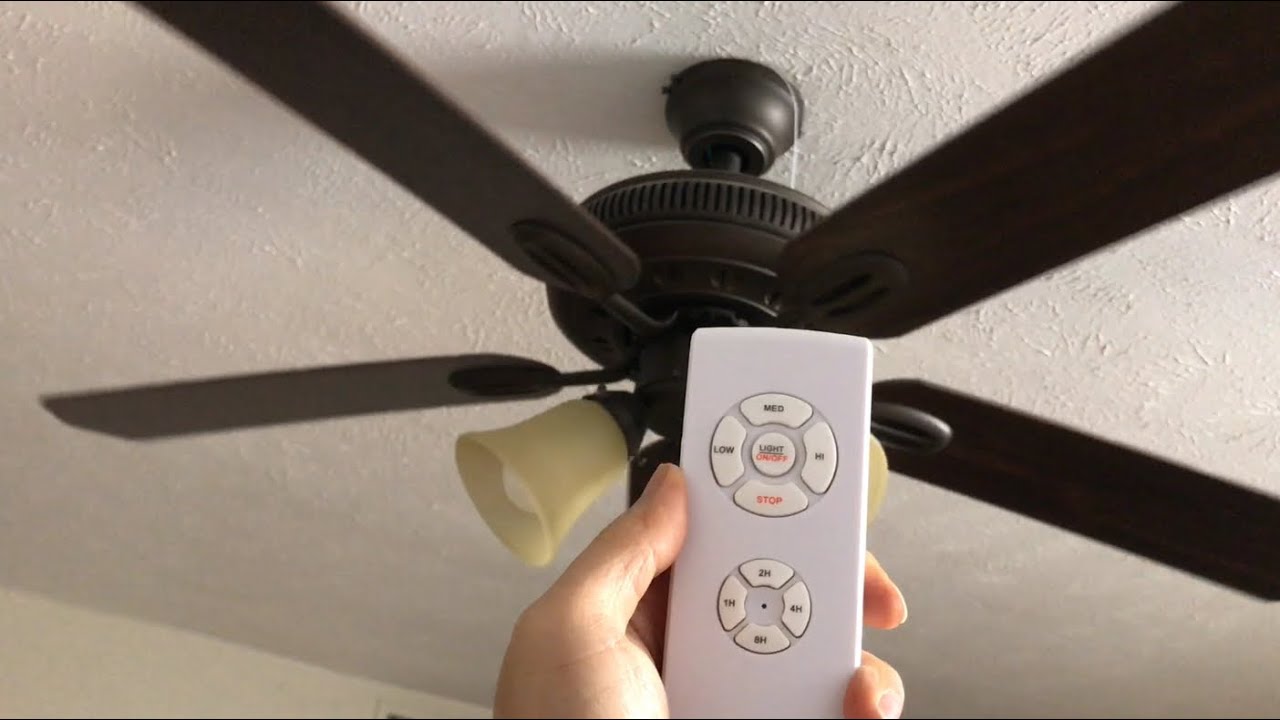
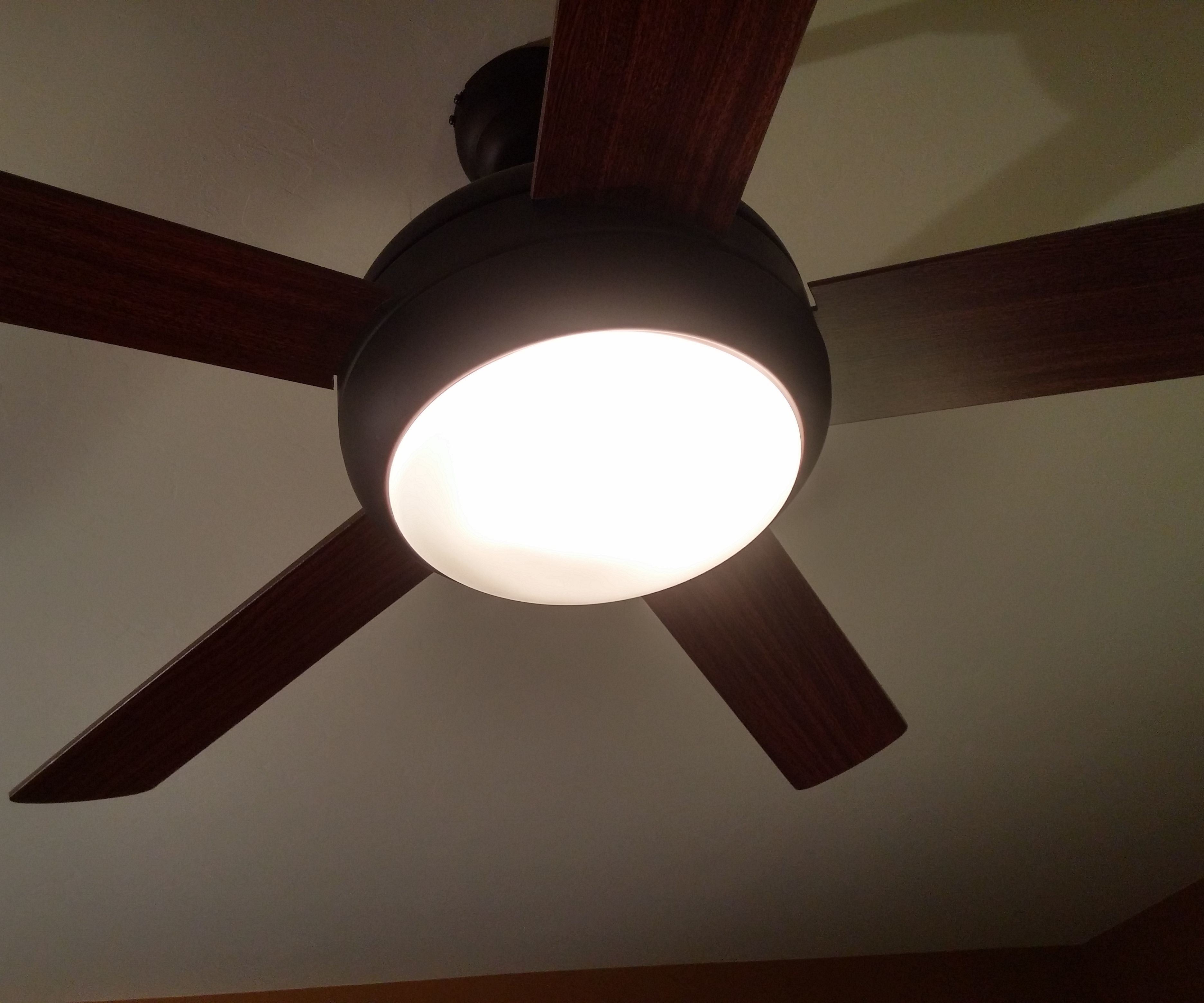

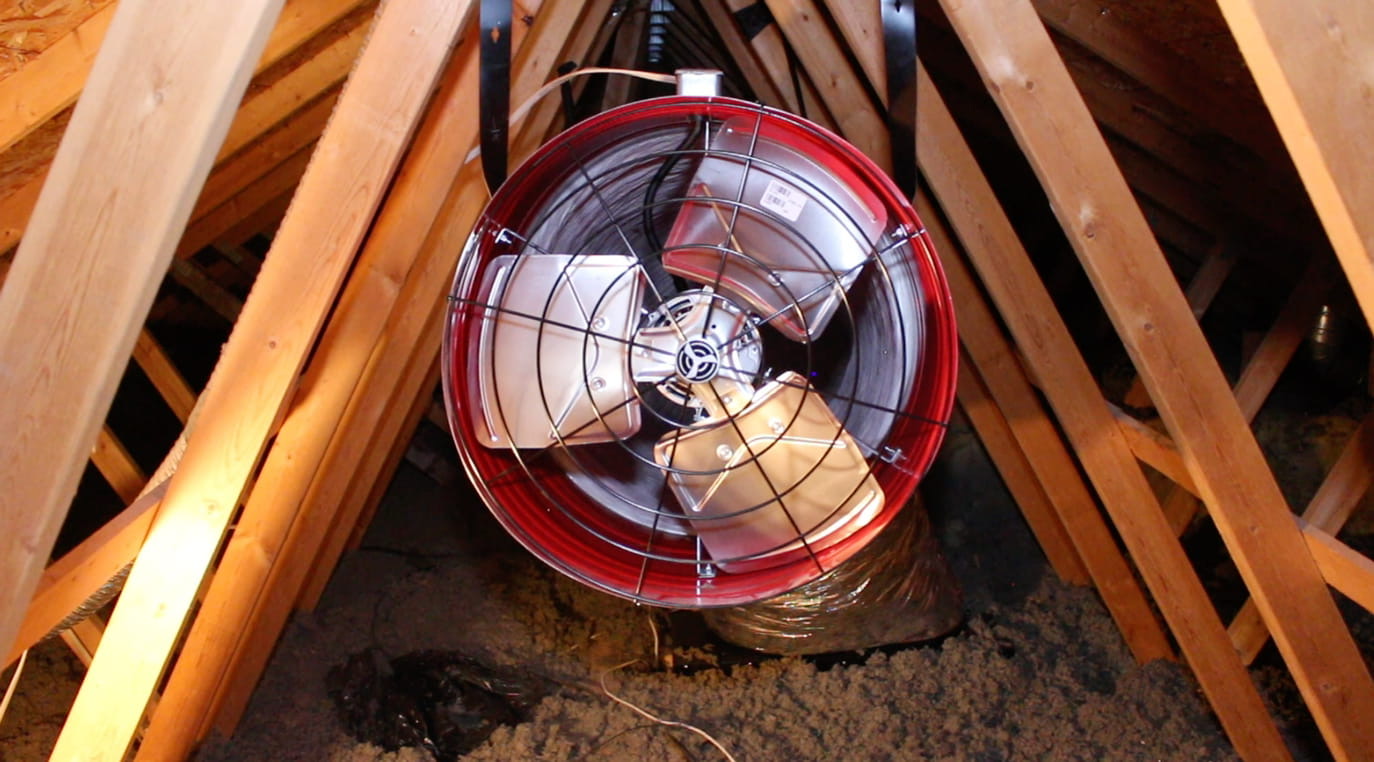
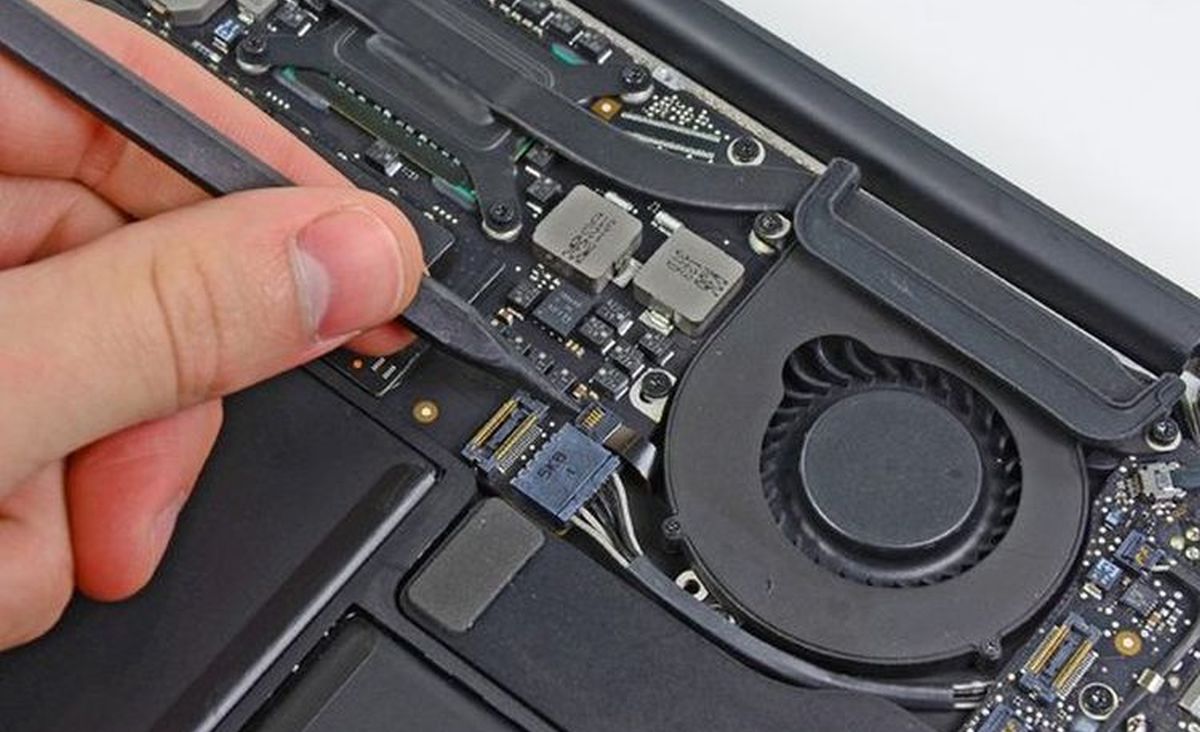


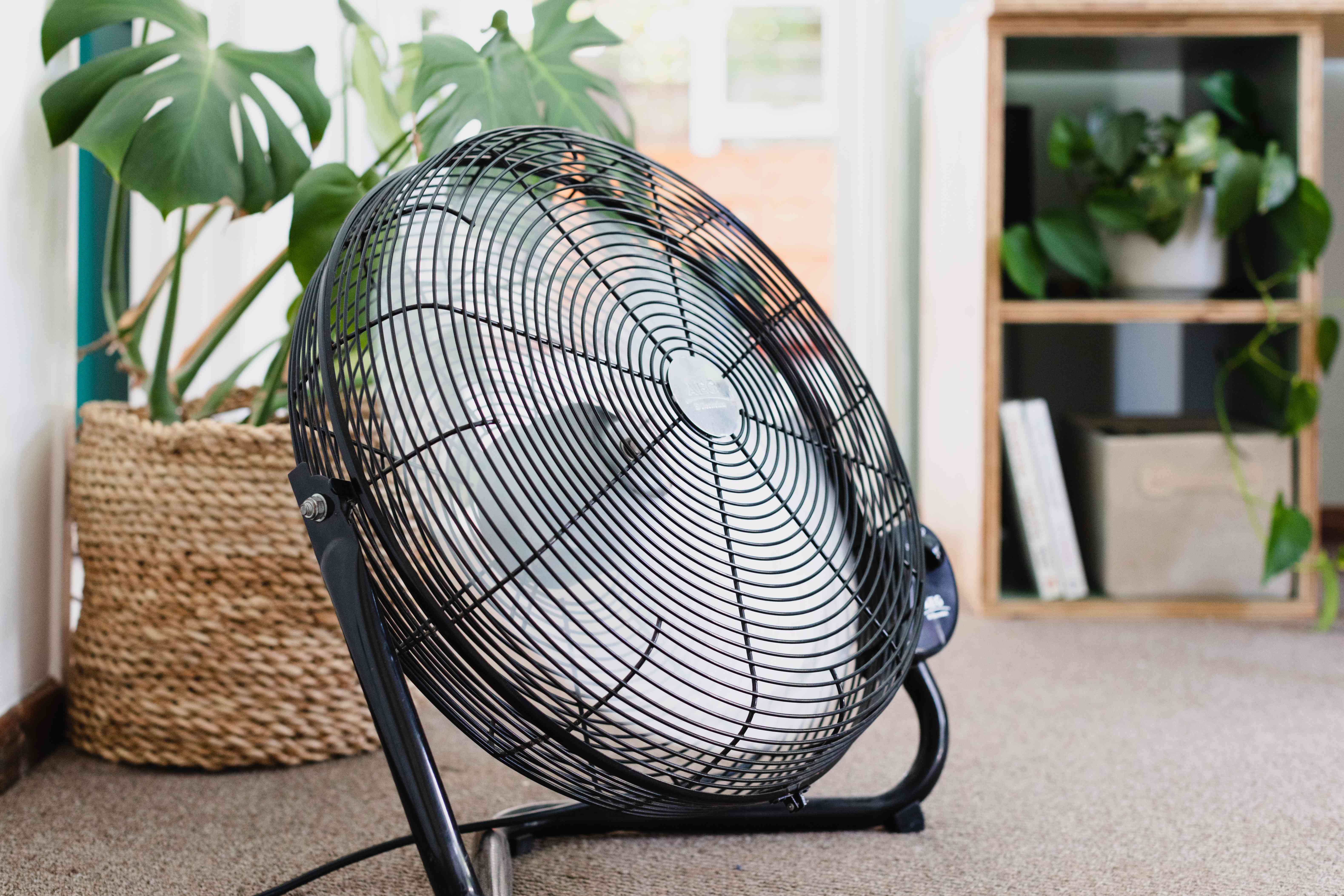
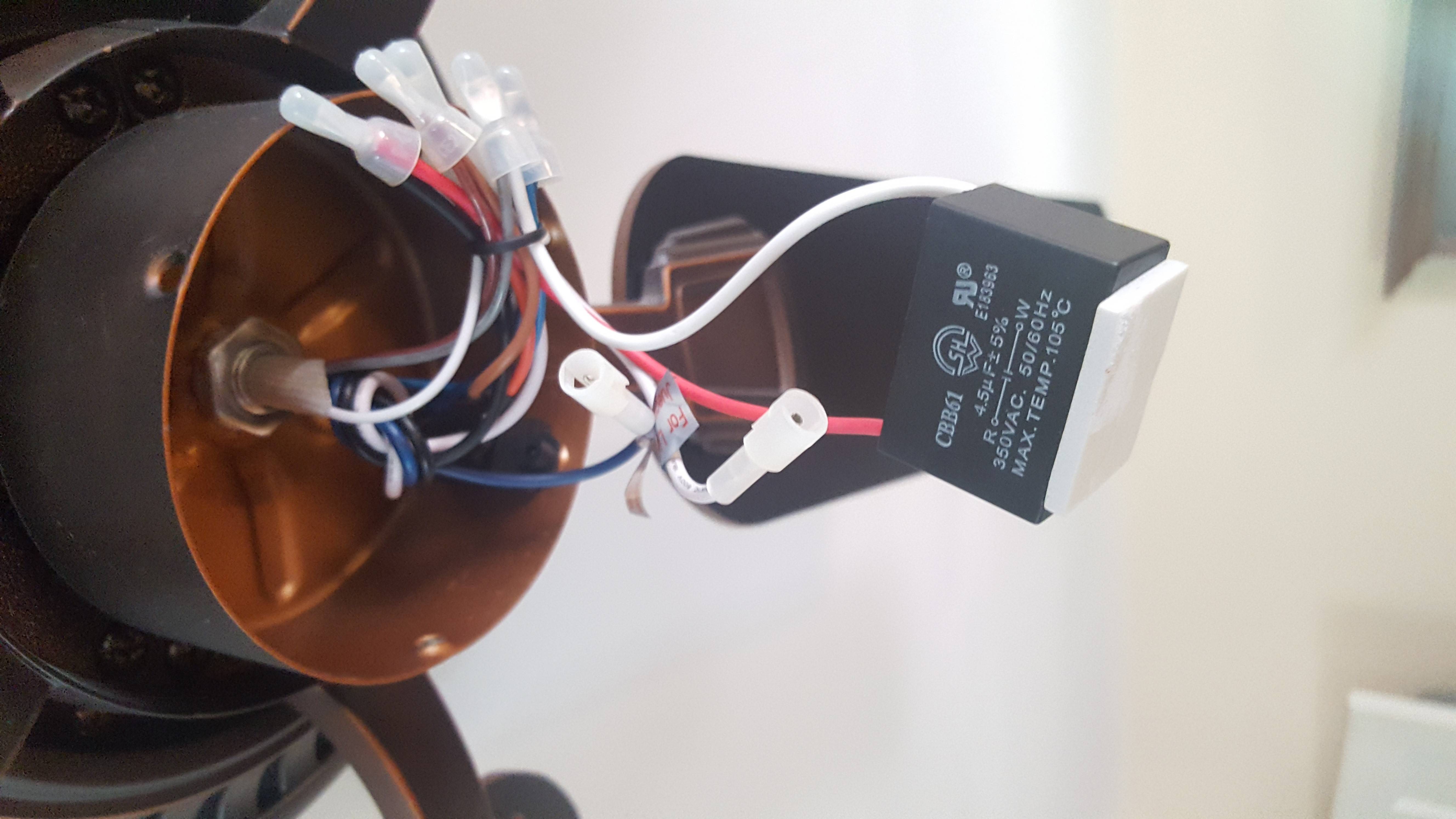
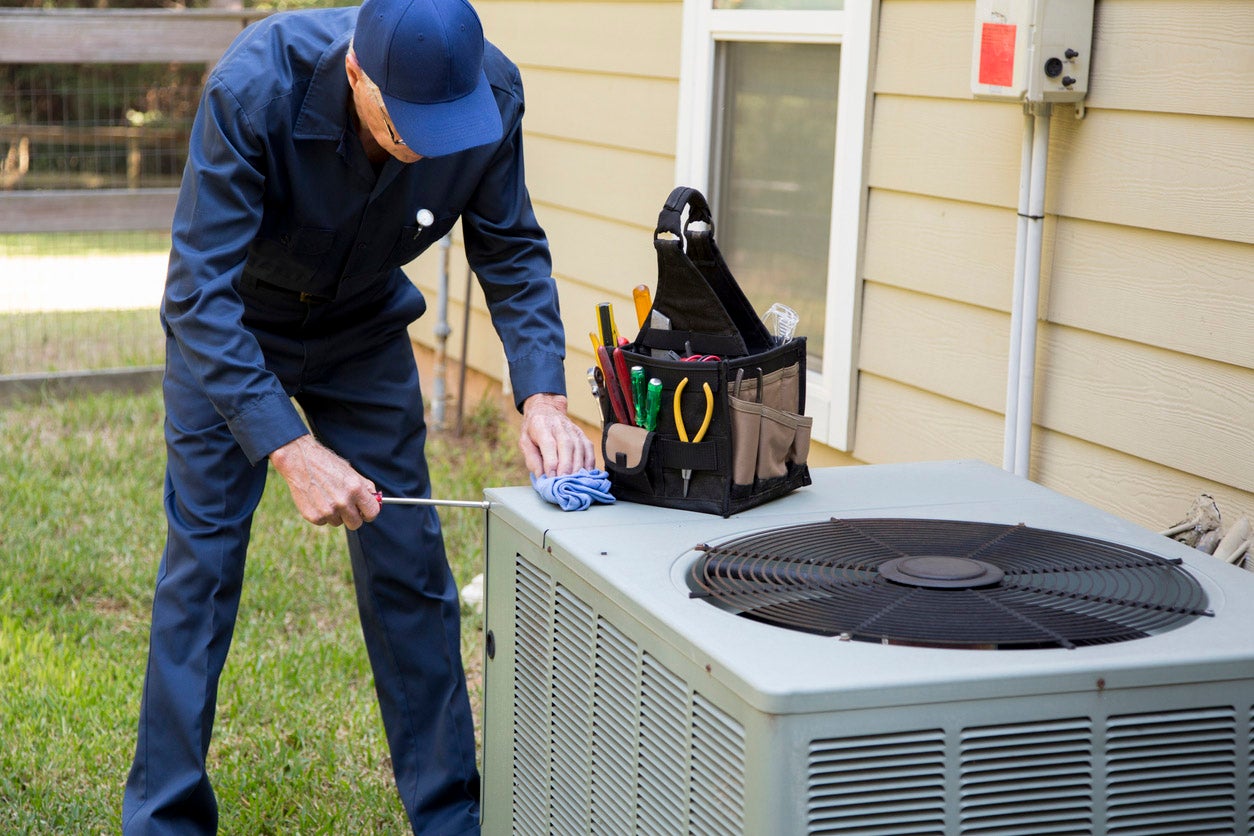

0 thoughts on “Why Does My Ceiling Fan Hum”